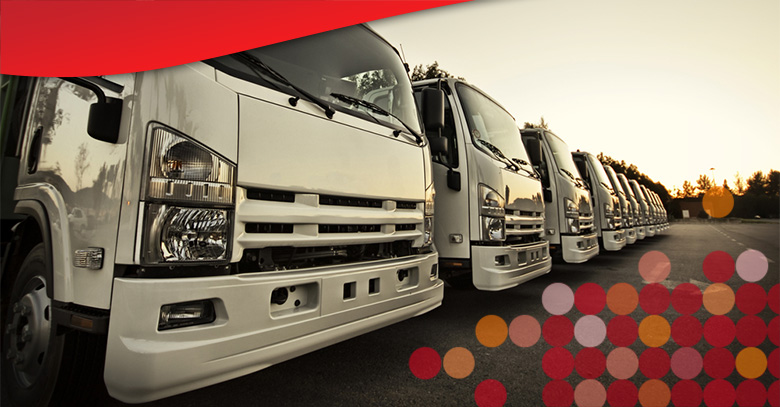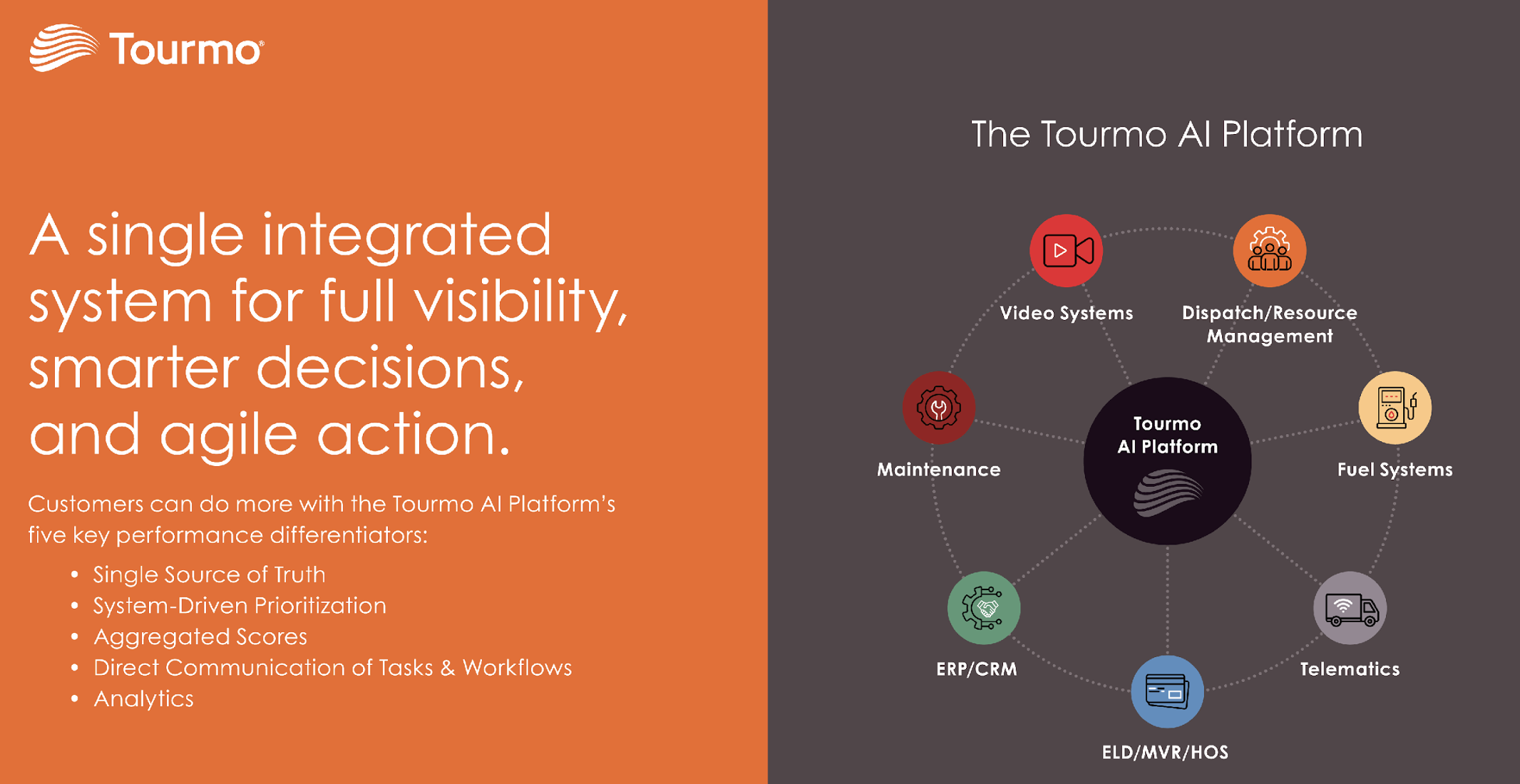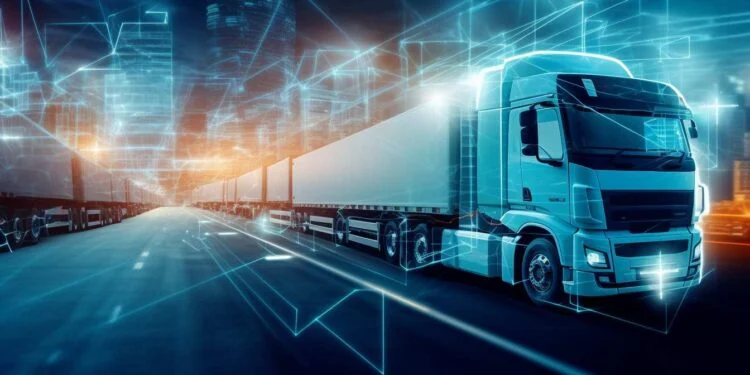Today, every business and individual are encouraged to minimize its carbon footprint to help save the planet from the damaging effects of climate change. Buying a more fuel-efficient or electric vehicle is a prominent part of such plans. Do not drive, if possible, and certainly become more efficient in how you use your vehicle. For businesses with vehicle fleets, buying more fuel-efficient ones, especially purchasing vehicles that meet the needs of the business (do not buy a vehicle larger than necessary), has been a critical ingredient in business strategies, along with operating them efficiently.
Many of us are familiar with the route-planning program begun years ago by UPS, the ubiquitous brown delivery vans. UPS drivers lay out their routes such that they do not make left-hand turns across traffic. Why? Easy. Left-hand turns require sitting until there is a break in the traffic going in the opposite direction so they can cross the traffic lanes. Less time waiting means less idling time and fewer carbon emissions, even if their route is longer. Research has shown that even taking a more circuitous route saves time. Time can lead to greater efficiency, as well as fuel and emissions savings.
Over time, software and computer-assisted devices have arrived to help businesses improve their vehicle fleet logistics. Individuals, however, still rely on onboard vehicle navigation systems, or map-planning programs on their computers, phones, or tablets. But they still may wind up at the wrong location or be blocked because the shortest route shown by their devices did not know about construction or closed entry gates to neighborhoods.
Now, artificial intelligence and machine learning can improve fleet logistics. Not only having a route map but getting up-to-date knowledge of route topography, changing traffic patterns, and weather data can significantly improve driving times. This boosts worker productivity and can reduce carbon footprints, especially if the driver has the necessary information delivered directly to his phone or vehicle app, thus not being forced to manually retrieve the data.
While some might cringe over the thought that Big Brother is watching them, for businesses there is a need to ensure that employees are operating vehicles appropriately, and are not reckless in their driving, or attempting to use the “out of sight, out of mind” mentality to take advantage of their employer’s trust. Trust is a two-way street, and both employer and employee must believe in that relationship.
Fully scoped vehicle mobility systems can significantly improve driver efficiency. That is an economic gain for the business. For the driver, such systems can reduce stress, an important mental health benefit. Both parties gain, and so does society, with a more efficient logistics system that also helps reduce carbon emissions.


 Neil Anderson, CMO
Neil Anderson, CMO



